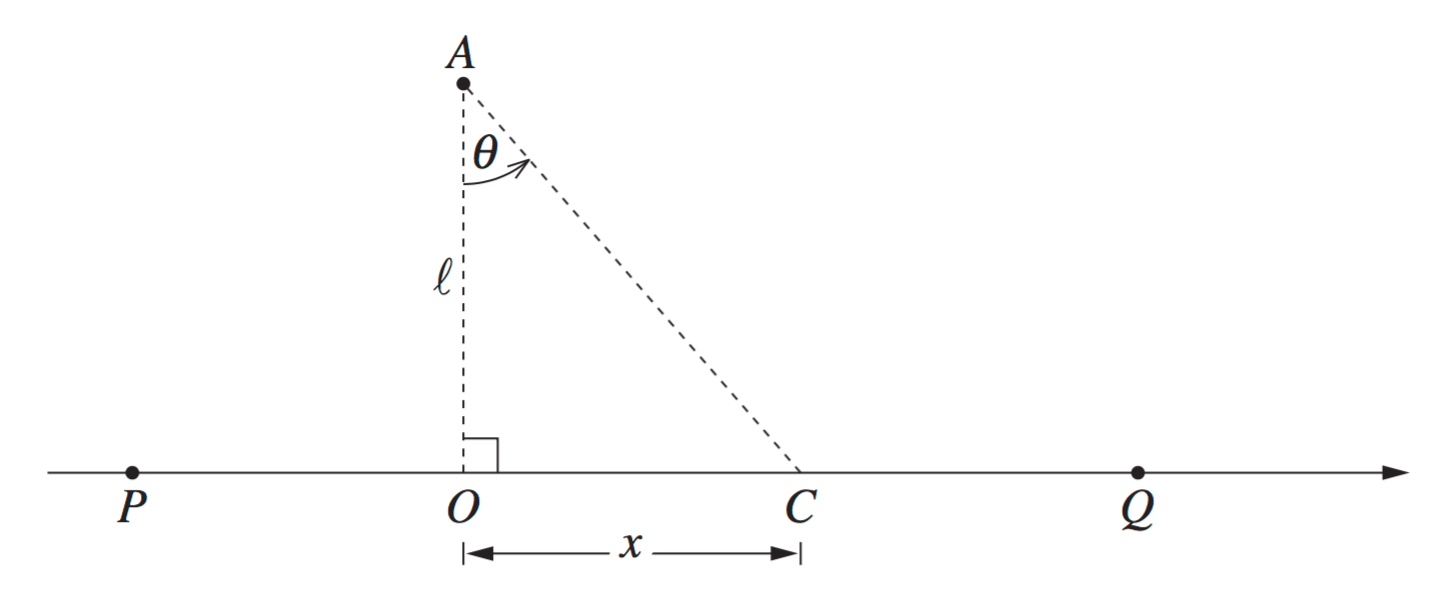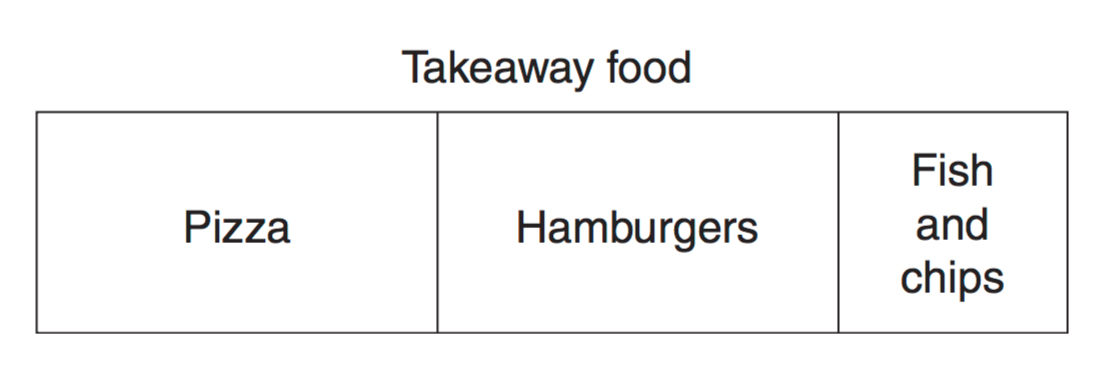
A race car is travelling on the
A spectator is at
- Show that
. (2 marks)
--- 8 WORK AREA LINES (style=lined) ---
- Let
be the maximum value of . Find the value of
in terms of and . (1 mark)
--- 2 WORK AREA LINES (style=lined) ---
- There are two values of
for which .
Find these two values of
. (2 marks)
--- 6 WORK AREA LINES (style=lined) ---


























